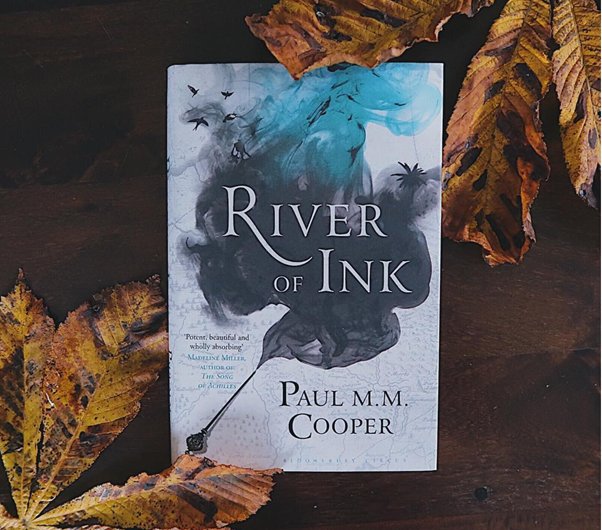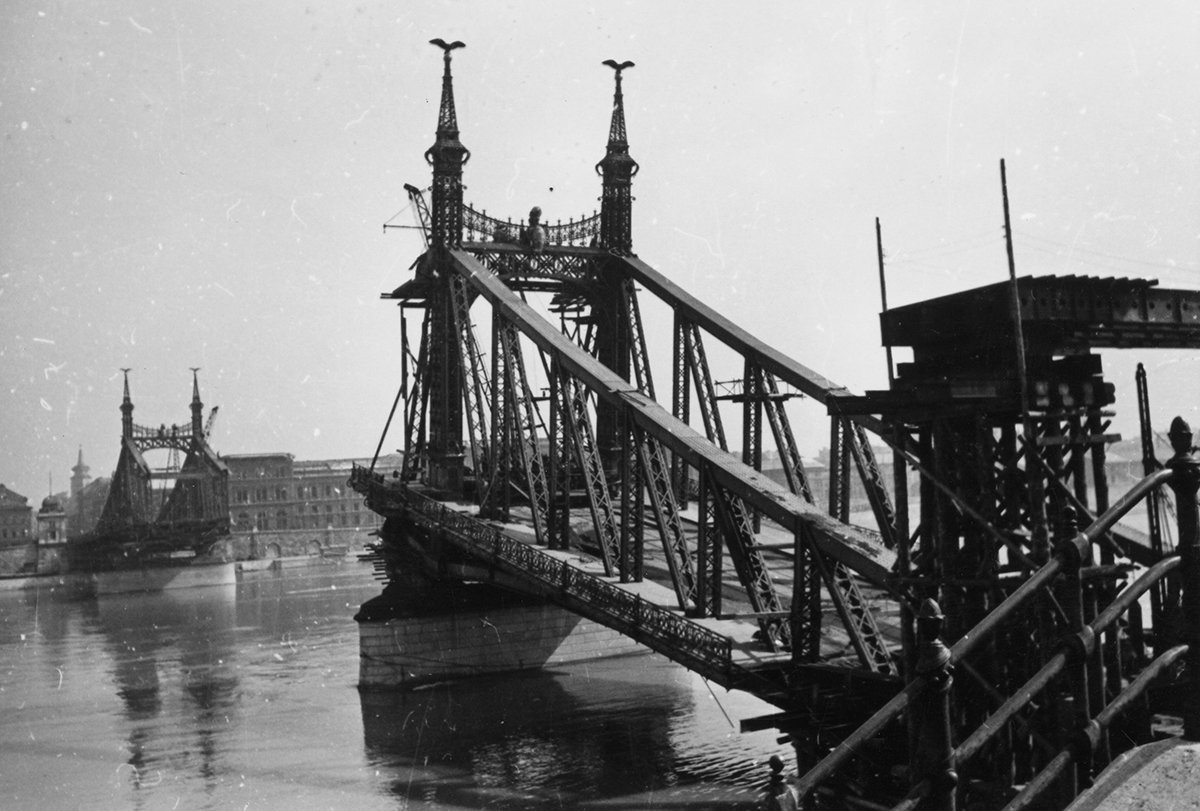Knox was shipwrecked in 1659 on the island of Ceylon (modern-day Sri Lanka).
He was a captive there for 19 years before escaping & writing a book about his experience.
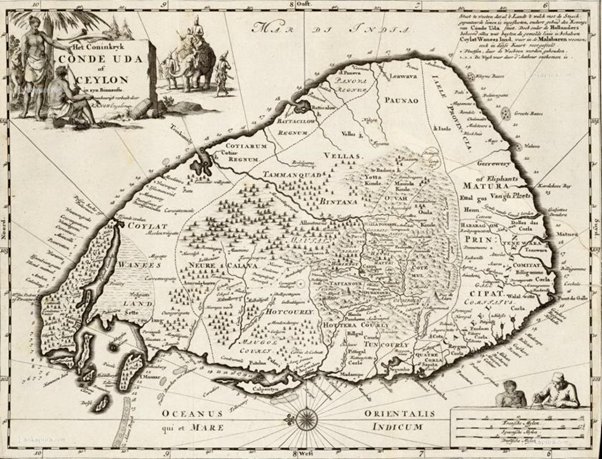
At the age of 18, on a voyage to Persia, their ship ran into a storm that destroyed its mast & forced them to beach on the Ceylonese coast.
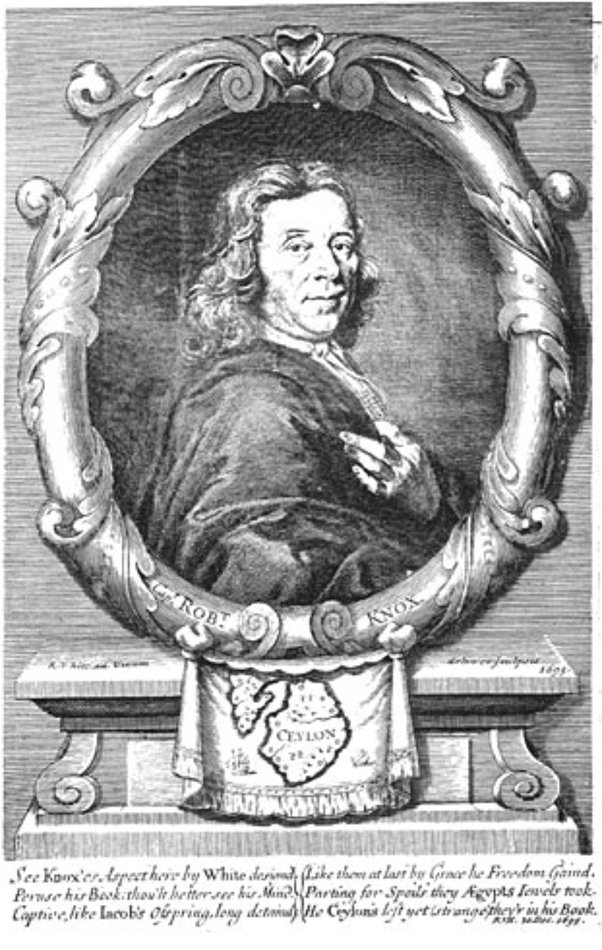
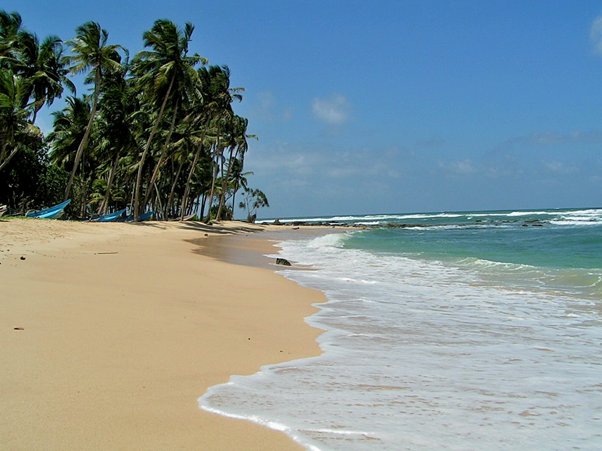
However, the stranded sailors were discovered beneath a tamarind tree by a patrolling troop of soldiers loyal to King Rajasinghe II, who ruled Ceylon’s inland Kandyan Kingdom.
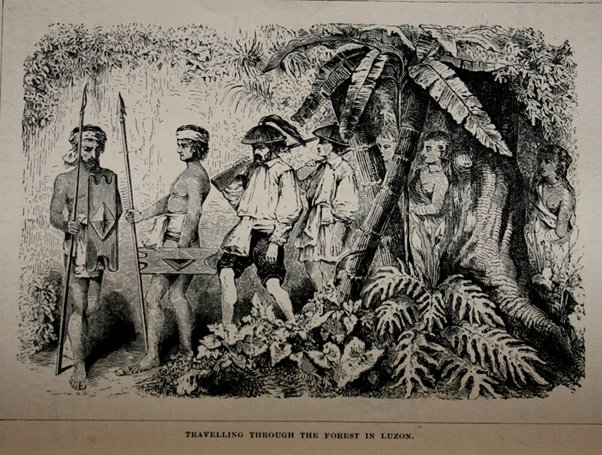
King Rajasinghe was suspicious of the Europeans’ intentions, thinking them spies. He ordered the Knoxes to be held captive along with 16 of their crew.
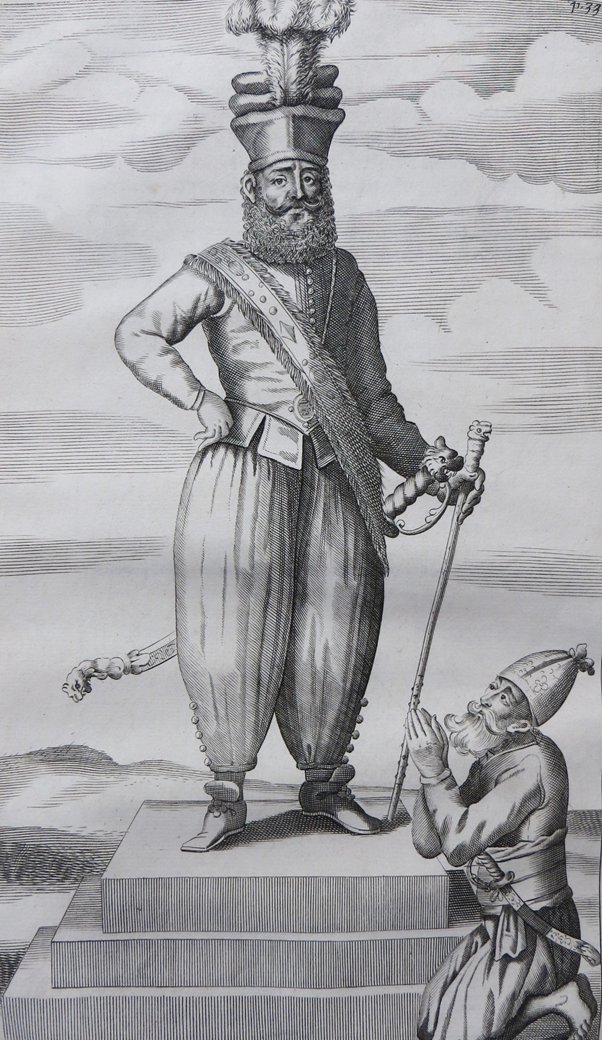
Although Knox refused to work for the king, he was still permitted to become a farmer & make a living.
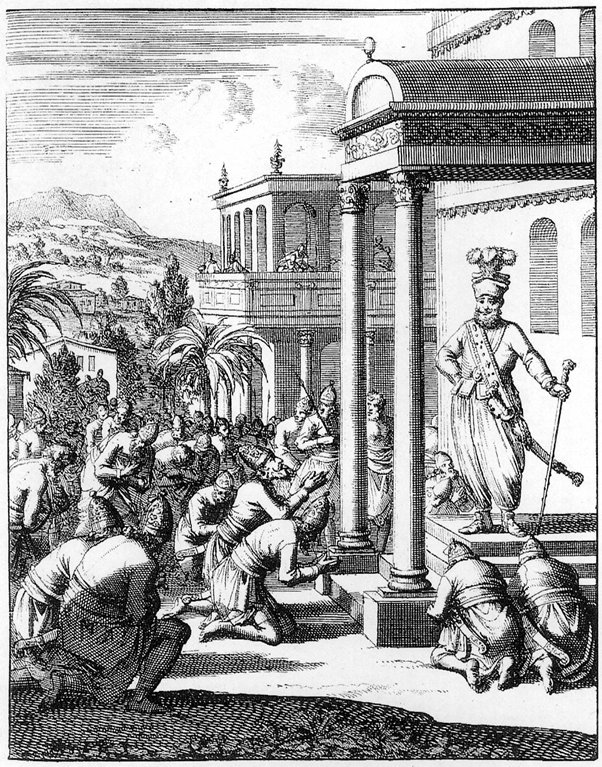
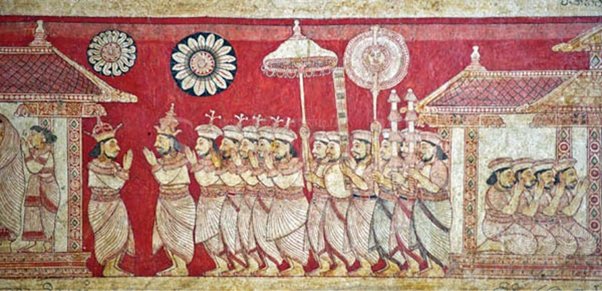
Many of the captive sailors suffered terribly from malaria. In 1661, after a long illness, Knox’s father died in captivity.
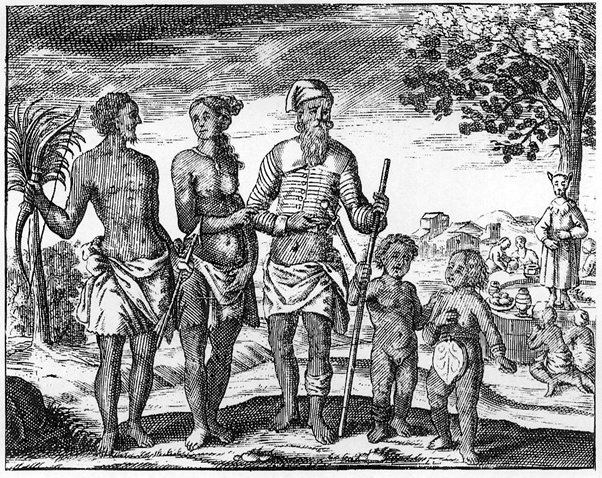
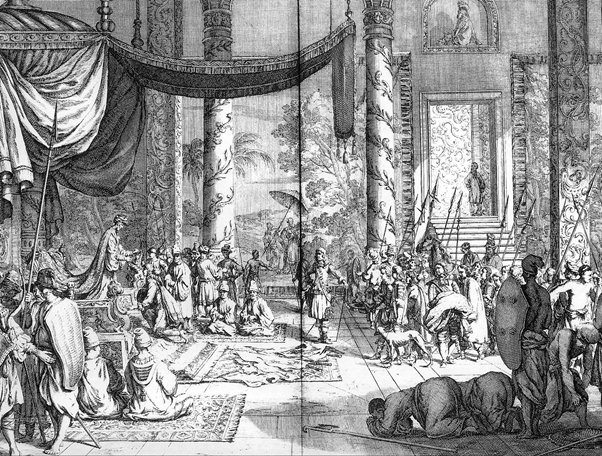
He was struck by the rich variety of idioms & saying used by the Sinhala people, some of which he noted down.
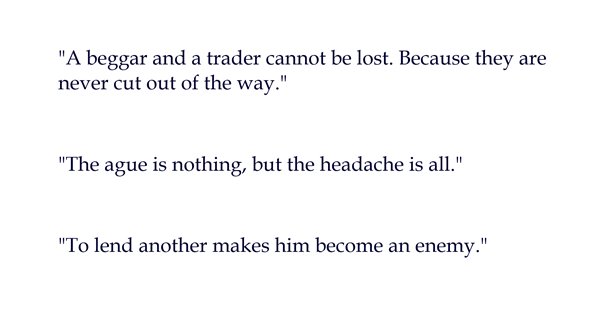
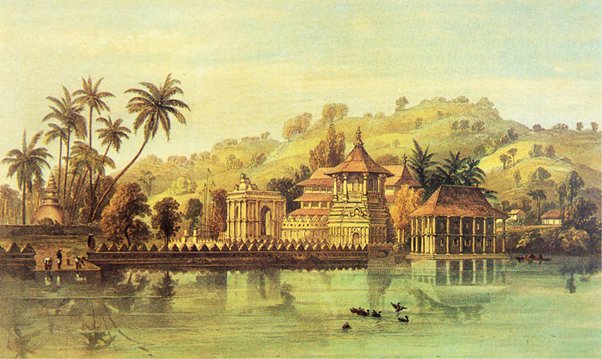
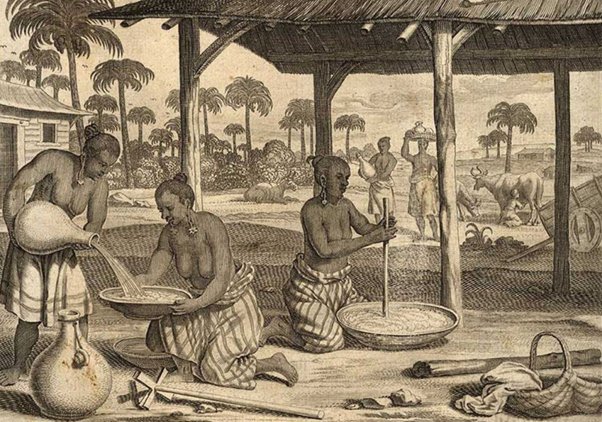
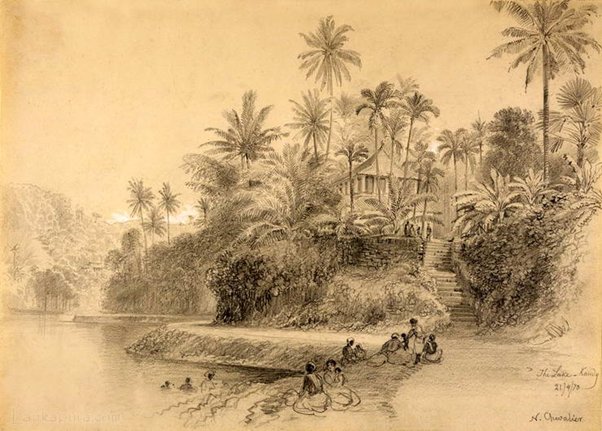
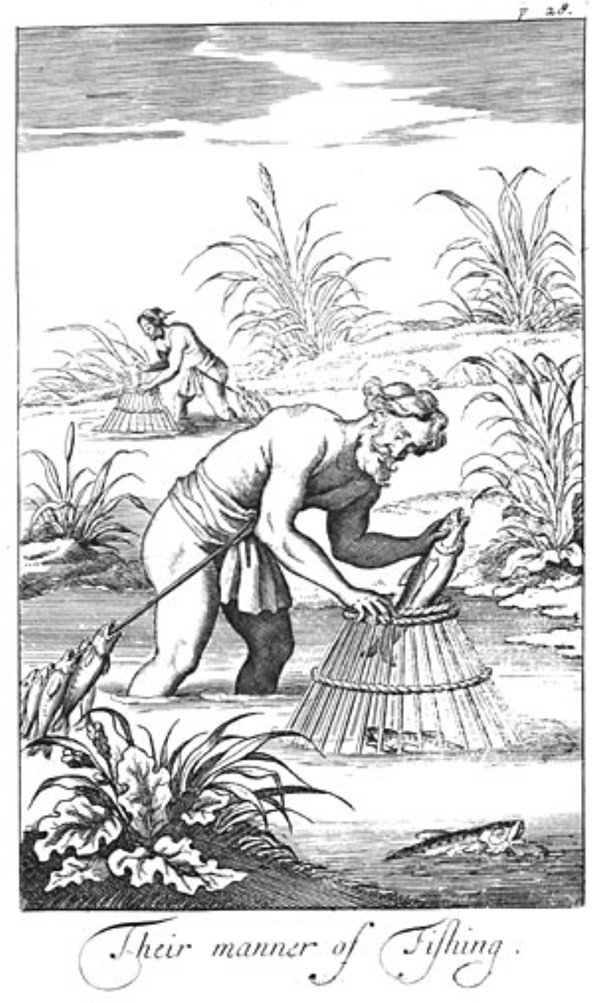
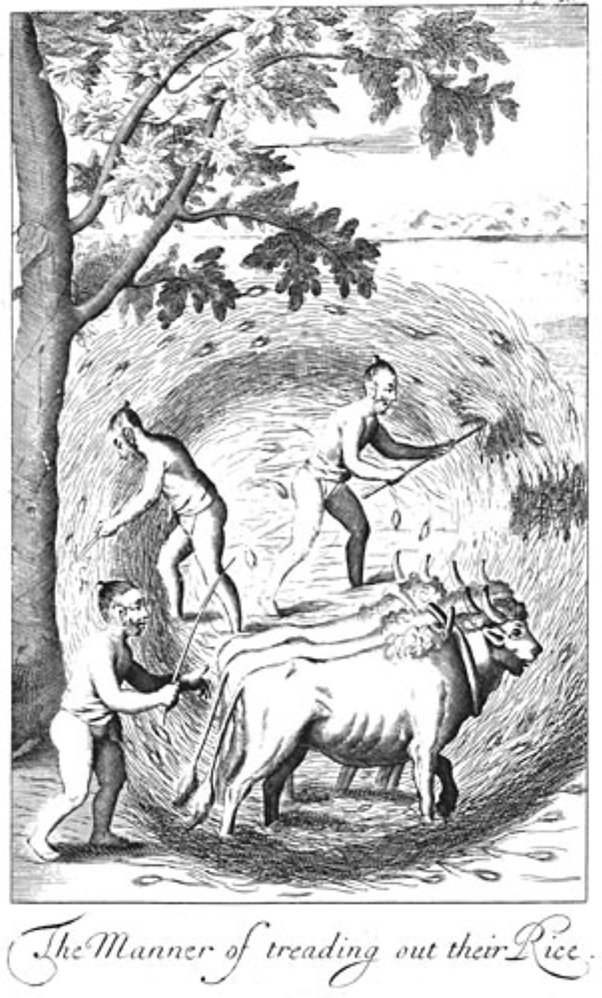
“And if he doth not pay, they load him with more Stones, until his compliance prevent further pains.”
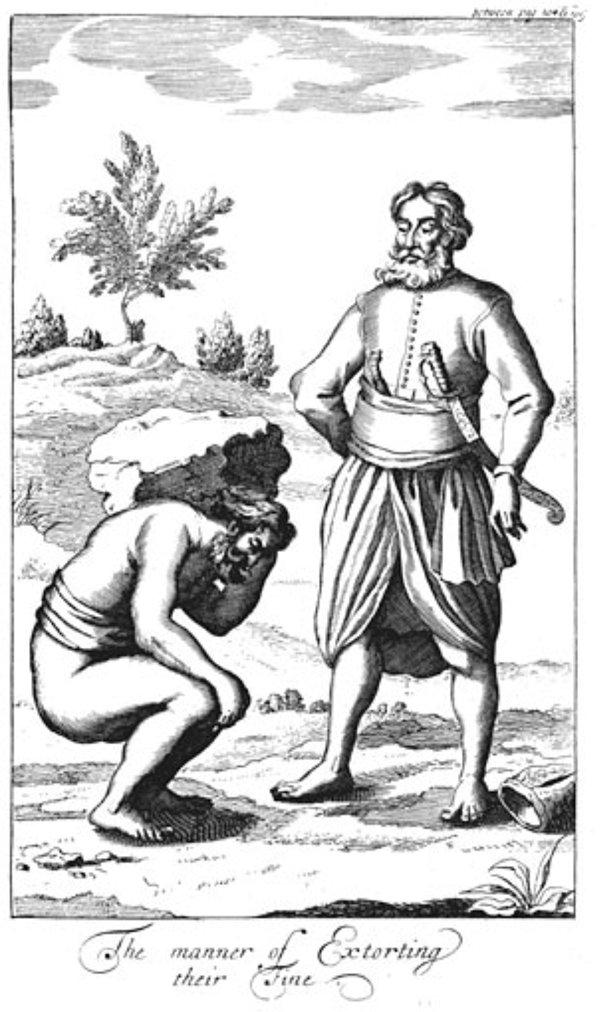
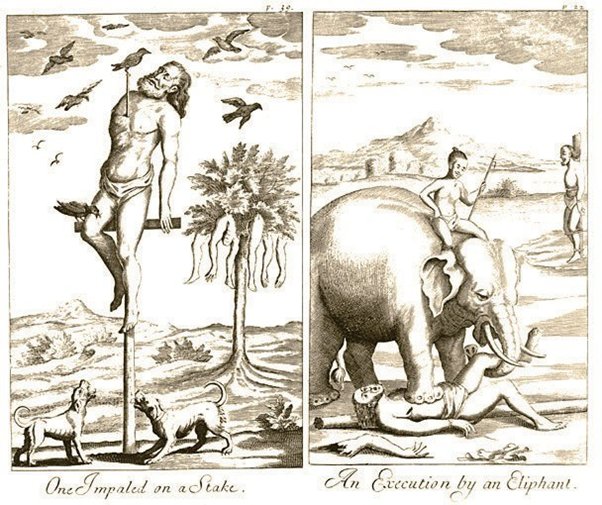
“The Keepers of the Kings Elephants sometimes make a sport with them after this manner. They will command an Elephant to take up water... till they command him to squirt it out at somebody, which he immediately will do”
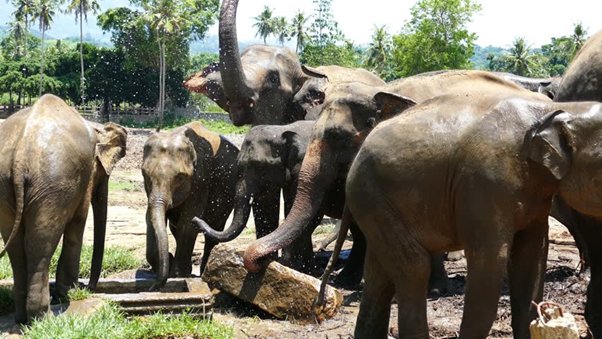
They fled the Kandyan Kingdom & succeeded in reaching a Dutch fort on the coast.
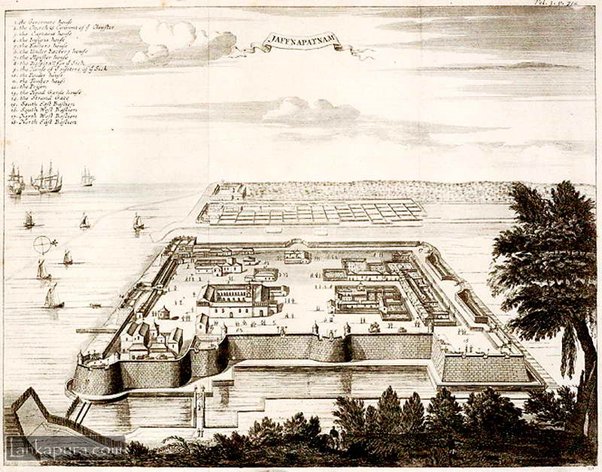
They organised a ship to take Knox home. On the voyage, he feverishly wrote down a book about his time in Ceylon: "An Historical Relation of the Island Ceylon".
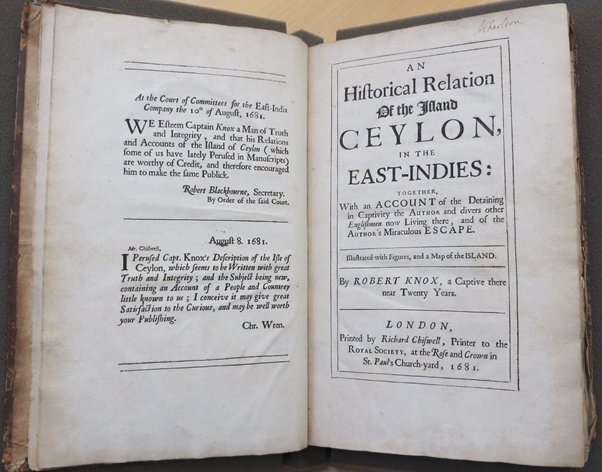
It was a major influence on the English novel. Daniel Defoe’s Robinson Crusoe & the later Captain Singleton both draw on the experiences of Knox, as did Jonathan Swift’s Gulliver’s Travels.
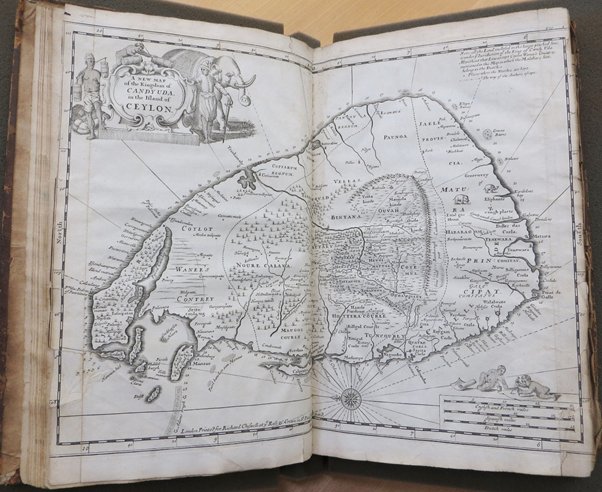
Upon his return, Knox also presented his friend Robert Hooke with samples of “a strange intoxicating herb like hemp” which he dubbed “Indian hemp” or “Bangue“.
The herb was cannabis, & Knox was the first European to describe its effects.
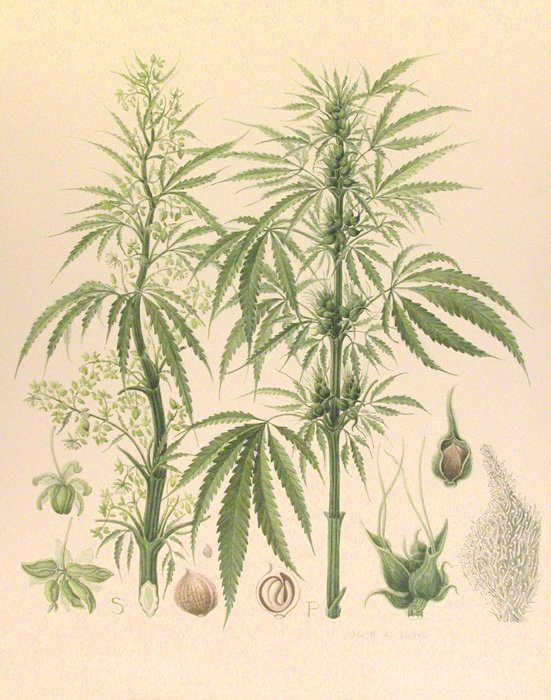
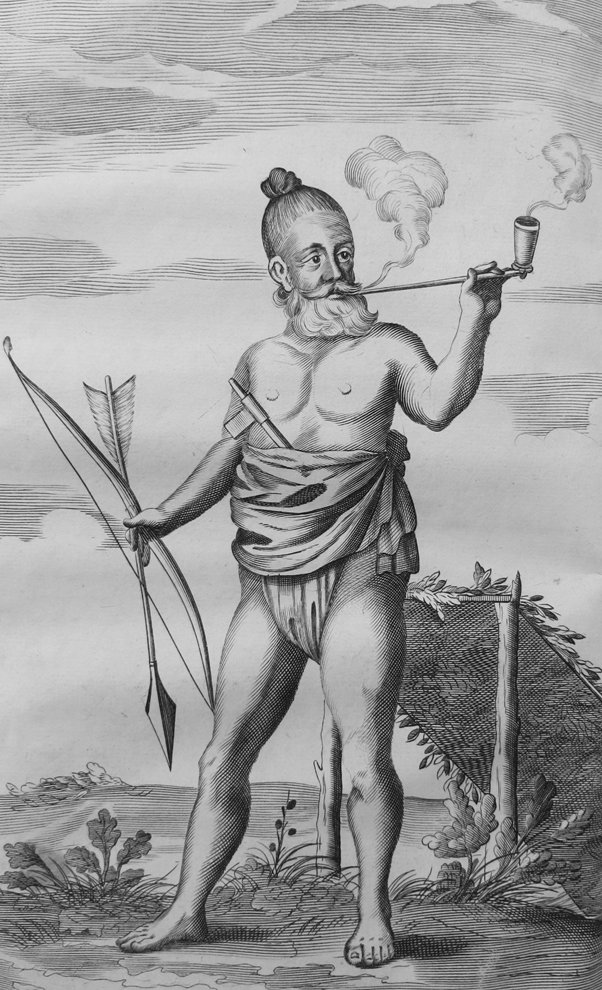
Today, the tamarind tree under which Knox was captured is a monument.
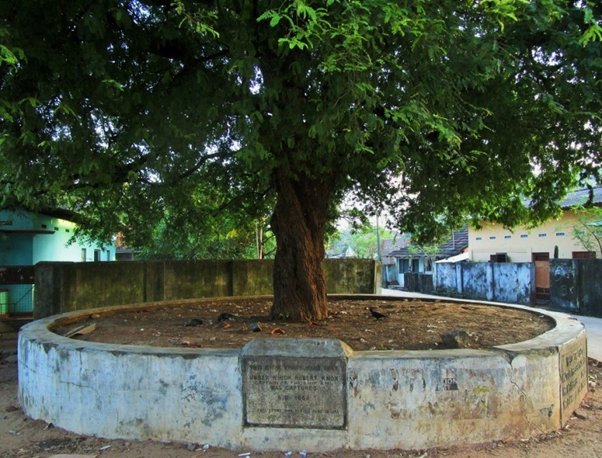
After his return to Britain, he returned to sea many times. Before he retired, he made altogether seven trips to the East. He was nearly 80 when he died.
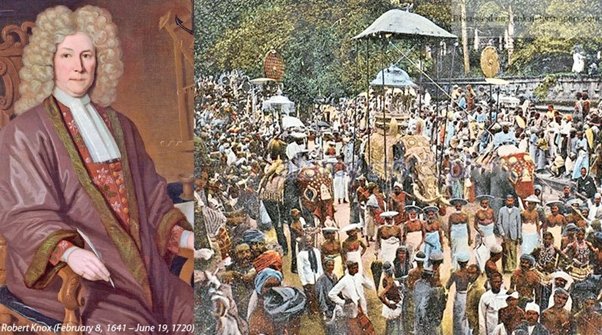
You can read the whole of Knox’s “Historical Relation” in plaintext on Project Gutenberg: gutenberg.org/files/14346/14…
Or the original text scanned into Google Books if you prefer: books.google.co.uk/books?id=yFpTA…
paulmmcooper.com
